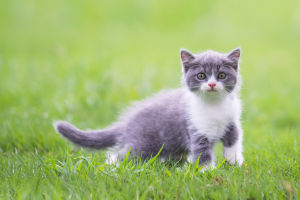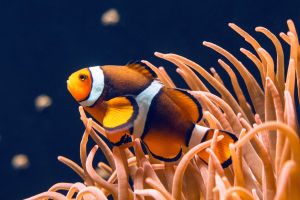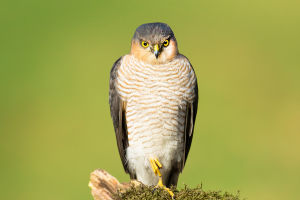Hummingbirds, among the smallest birds in the world, captivate the attention of biologists and nature enthusiasts alike with their unique physiological structures and behaviors.
Known for their vibrant plumage and graceful flight, hummingbirds are also distinguished by their remarkable physiological features and ecological roles, making them a dazzling gem in the natural world.
1. Basic Characteristics
Hummingbirds belong to the family Trochilidae within the order Passeriformes, comprising approximately 300 species.
They are extremely small, with a typical body length ranging from 3 to 5 inches (about 7.6 to 12.7 centimeters) and a weight usually between 2 to 20 grams. Their feathers come in a wide array of colors, from bright reds and greens to deep blues, making them sparkle like jewels in the sunlight.
The most notable feature of hummingbirds is their ability to hover. This ability is due to their unique wing structure and flight technique. Hummingbirds can flap their wings at a rate of 80 to 100 beats per second and can move their wings both forward and backward, allowing them to hover steadily in the air. This flight ability not only enables them to navigate flowers with agility but also helps them maintain stability while feeding on nectar.
2. Foraging Behavior
The primary diet of hummingbirds consists of nectar, which provides them with essential energy. They also consume insects and small spiders to supplement their intake of protein and minerals.
Hummingbirds have long, flexible bills that are well-suited for reaching into flowers to extract nectar. During feeding, their tongues extend rapidly and retract to draw nectar into their mouths.
Due to their extremely high metabolism, hummingbirds' heart rates can reach up to 1,200 beats per minute, and their breathing is also very rapid, necessitating constant feeding. They need to consume approximately twice their body weight in nectar daily to meet their high energy demands. To satisfy this requirement, hummingbirds frequently visit flowers throughout the day and enter a state similar to hibernation at night to reduce energy consumption.
3. Reproduction and Social Behavior
Hummingbird reproduction is equally fascinating. They typically build small nests on tree branches or other concealed locations, with the nests covered in moss, feathers, and spider silk to provide excellent camouflage.
The female usually lays 1 to 2 tiny eggs, roughly the size of a bean. She is responsible for incubating the eggs, which takes about 2 to 3 weeks. Once the chicks hatch, the female provides food for them and helps them learn to fly once their wings are fully developed.
Social behavior among hummingbirds is relatively unique. Although they are generally solitary, during the breeding season, males attract females by displaying their vibrant plumage and performing aerial displays. These performances not only showcase the male's health and vitality but also help females select the best mate.
4. Ecological Role
Hummingbirds play a crucial role in ecosystems. They are primary pollinators for many plants. While feeding, they inadvertently transfer pollen from one flower to another, a process that is vital for plant reproduction. Some plants even rely on hummingbirds for their entire reproductive process.
Additionally, the presence of hummingbirds influences the ecological balance of other species. By affecting plant distribution, hummingbirds indirectly impact the structure and function of entire ecosystems. Their role in the food chain and their ecological contributions make them an indispensable part of the natural world.
In summary, hummingbirds showcase the marvels and complexities of nature through their unique flying abilities, brilliant colors, and significant ecological roles. By understanding and protecting hummingbirds, we are not only safeguarding these remarkable birds but also preserving the balance and health of entire ecosystems. Every hummingbird is a treasure of the natural world, and together, we should strive to create a more hospitable environment for them.


